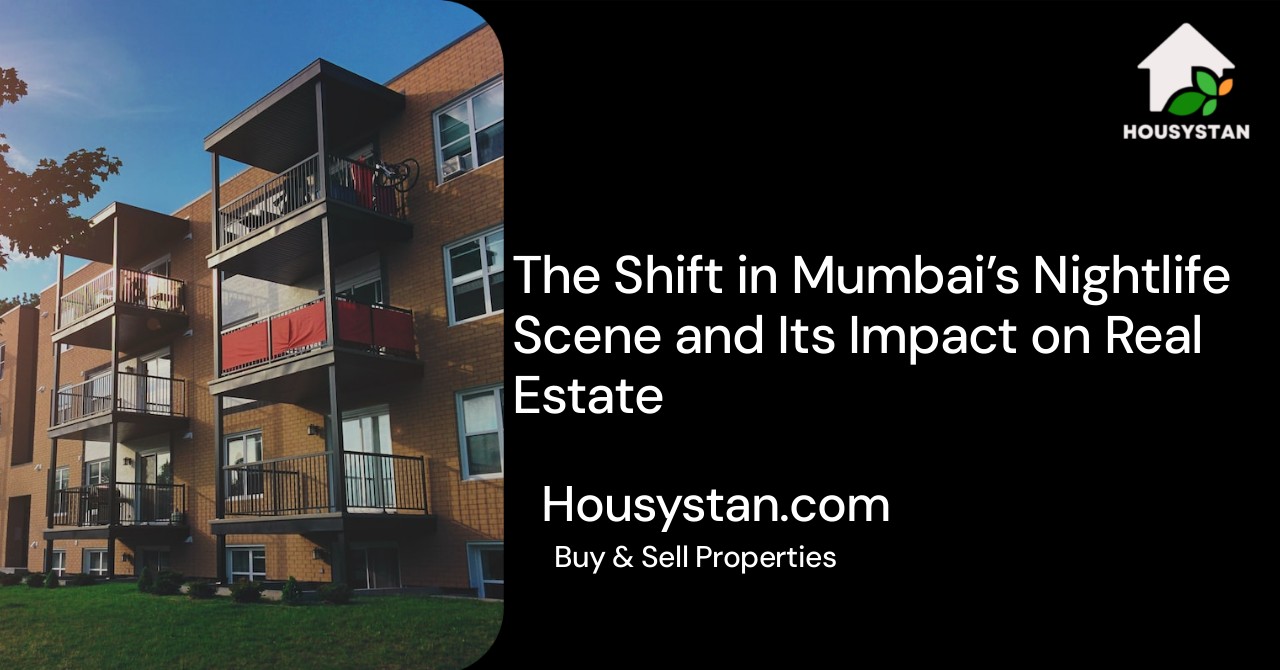The Shift in Mumbai’s Nightlife Scene and Its Impact on Real Estate
Read latest blogs and articles from Housystan

The Information mentioned here was last updated on:
11/12/2025Mumbai, often referred to as the city that never sleeps, has witnessed a significant transformation in its nightlife landscape over the past few years. This dynamic shift is not just redefining evenings in the metropolis but is also playing a crucial role in influencing the local real estate market. As more residents and visitors seek vibrant after-dark experiences, new opportunities and challenges are emerging for property investors, developers, and homebuyers alike.
The expansion of Mumbai’s nightlife is evident in the proliferation of late-night cafes, rooftop bars, music venues, and high-end restaurants across neighborhoods like Bandra, Lower Parel, Andheri, and Colaba. Areas that were once purely residential or business-focused are now hubs of activity well into the early hours. This surge in entertainment options is making these localities more attractive to young professionals, expatriates, and creative communities who prioritize both convenience and lifestyle amenities.
Real estate values in such nightlife-centric districts are experiencing notable appreciation. Investors are increasingly targeting properties near popular nightlife zones, recognizing the potential for higher rental yields and long-term capital gains. Short-term rental platforms and serviced apartments are thriving, as tourists and business travelers prefer accommodations close to Mumbai’s entertainment hotspots.
- Verified Tenants/Buyers
- Unlimited Property Listing
- Zero subscription/charges fee
Developers are responding to the demand by introducing mixed-use projects that integrate residential spaces with retail outlets, restaurants, and leisure facilities. These developments cater to the evolving preferences of urban dwellers who want to live, work, and socialize without lengthy commutes. The emphasis on walkability and connectivity to public transportation further enhances the desirability of these neighborhoods.
However, the growth of Mumbai’s nightlife also brings certain challenges for real estate. Issues such as noise, parking congestion, and increased security requirements must be addressed to maintain harmony between entertainment venues and residential communities. Developers are incorporating advanced soundproofing, dedicated parking, and enhanced safety features to ensure a balance between vibrant nightlife and comfortable living.
In conclusion, the evolution of Mumbai’s nightlife is significantly shaping the city’s real estate trends. As the demand for properties in lively, well-connected areas continues to rise, both homebuyers and investors can benefit from understanding how urban lifestyle shifts are impacting property values across the city. This blend of entertainment and real estate is set to redefine urban living in Mumbai for years to come.